Why did Israel target Radwan?
Israel has long viewed Hezbollah, with its tens of thousands of fighters and massive missile arsenal, as the most formidable adversary on its northern border. And of the Hezbollah units in the area, the Radwan force, commanded by Ibrahim Aqil, is considered by the Israeli military to pose the greatest threat.
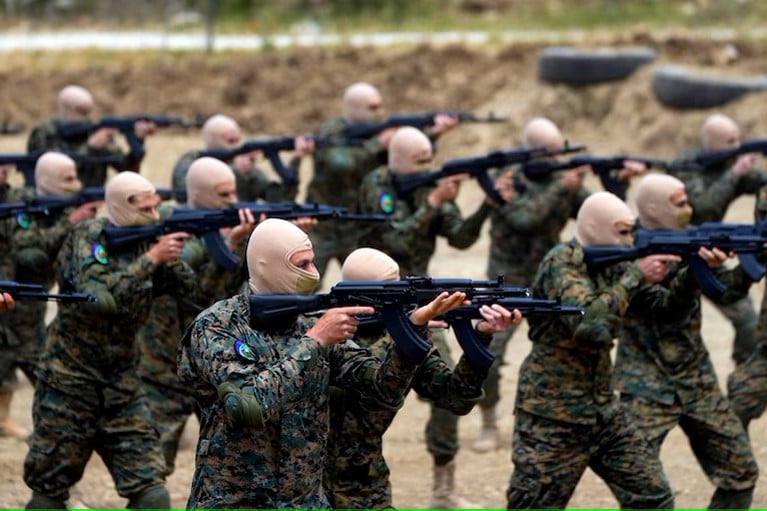
Fighters from the Radwan force train in Aaramta, Lebanon in May this year. Photo: Washington Post
Tel Aviv military analysts say Radwan was tasked with attacking the Galilee region in northern Israel. “The Radwan force was tasked with recreating what happened on October 7 from the south of Israel to the north,” Tamir Hayman, a retired general who headed Israel’s military intelligence until 2021, said in an interview with The New York Times.
In the spring of 2023, Radwan forces participated in a rare public Hezbollah military exercise that included a simulated incursion into Israeli territory. Hezbollah-produced propaganda videos have featured the force’s live-fire exercises as a clear confirmation of the threat Radwan poses to Israel.
Israel has therefore placed this force in its sights early on. Israeli leaders have repeatedly mentioned Radwan when talking about Hezbollah’s most dangerous forces. After this force played a leading role in Hezbollah’s cross-border attacks with Israel since August last year, Radwan has become an even greater thorn in the side of Israeli military officials.
Where did the Radwan force come from?
Radwan's origins and composition remain unclear. Some sources say Hezbollah has been training special forces fighters since the 1990s, and these are now part of the Radwan force.
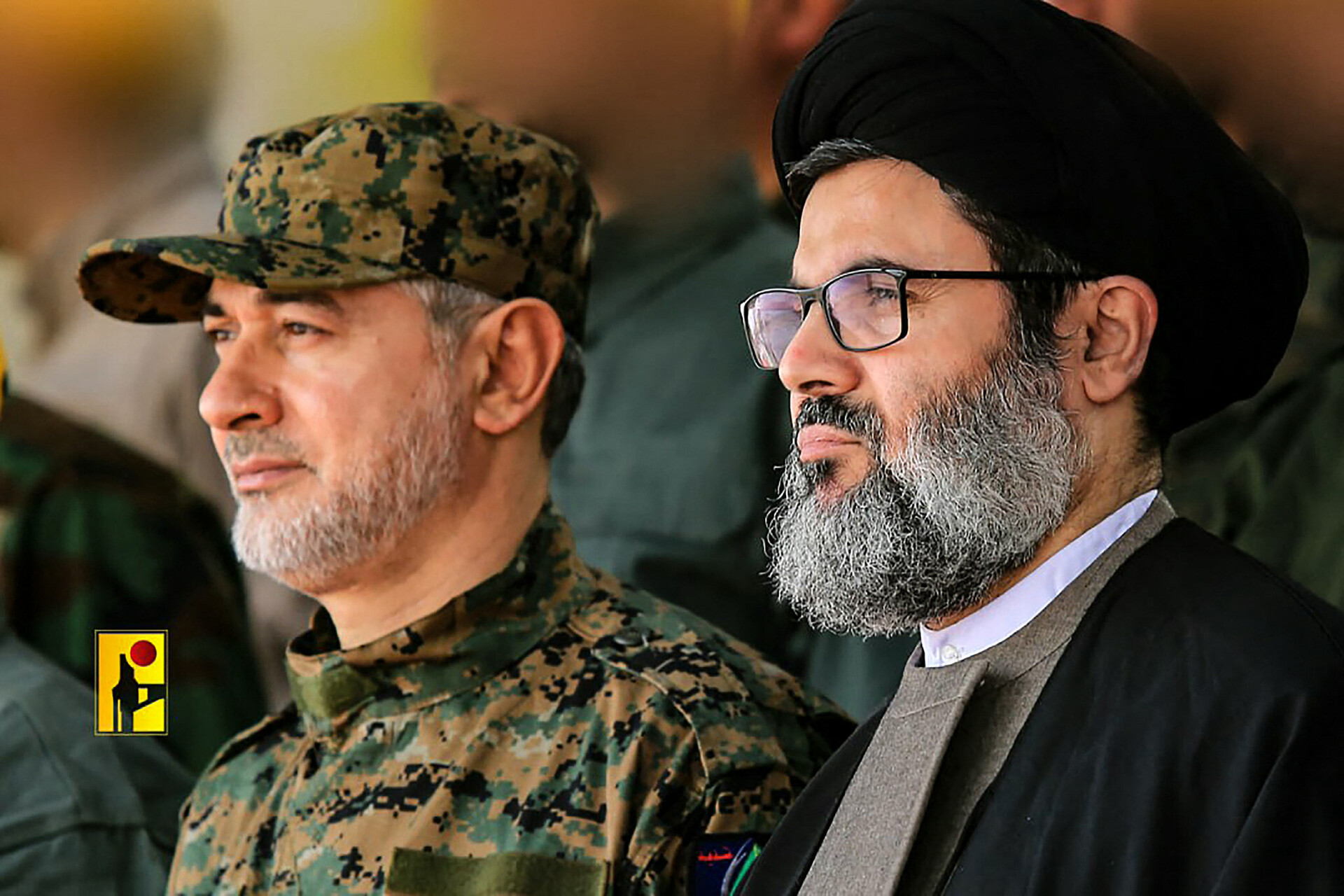
Radwan Force commander Ibrahim Aqil (left) and Hezbollah leader Hassan Nasrallah in a photo released by Hezbollah's media office earlier this month. Photo: Times of Israel
According to Small Wars & Insurgencies magazine, Radwan was originally called the “Rapid Intervention Force” or “Intervention Unit,” and in 2008 it was renamed after the alias “Hajj Radwan” of former leader Imad Mughniyeh, a senior Hezbollah leader assassinated in Syria in 2008. Under Imad Mughniyeh’s command, Radwan played a key role in the 2006 kidnapping of Israeli soldiers that led to the outbreak of the Second Lebanon War.
The Radwan Force has particular experience in raids and ambushes, assassinations or operations requiring deep infiltration. The unit, along with other elements of Hezbollah and other Iran-backed groups, later took part in the fight against the self-proclaimed Islamic State (IS) in Syria.
Participation in Syria has given Radwan significant battlefield experience and the ability to coordinate operations on a larger scale. According to Israeli researcher Dima Adamsky, the process of coordinating with regular armed forces in Syria has helped Radwan transform into a professional commando force, capable of performing formidable combat operations in a war against Israel.
Another Israeli researcher, Tal Beeri, a Lebanon expert at the Alma Institute based in Hazafon province, said that the Radwan force, which currently has about 2,500 soldiers, is very carefully selected.
Training begins only after a thorough background and character screening of the fighters. The training includes sniping, anti-tank, hand-to-hand combat, explosives, driving, and operating UAVs for intelligence gathering. In addition, the fighters must go through a place called the “confinement workshop,” where Radwan teaches students how to behave in case of capture.
Israel determined to force Radwan to withdraw from border
Following the outbreak of the Israel-Hamas war, Hezbollah deployed Radwan units to the Syria-Israel border. They became the spearhead force for cross-border attacks on Israel-Hezbollah throughout the war. The past three months have been considered the most active period of Radwan forces against Israel since 2006.
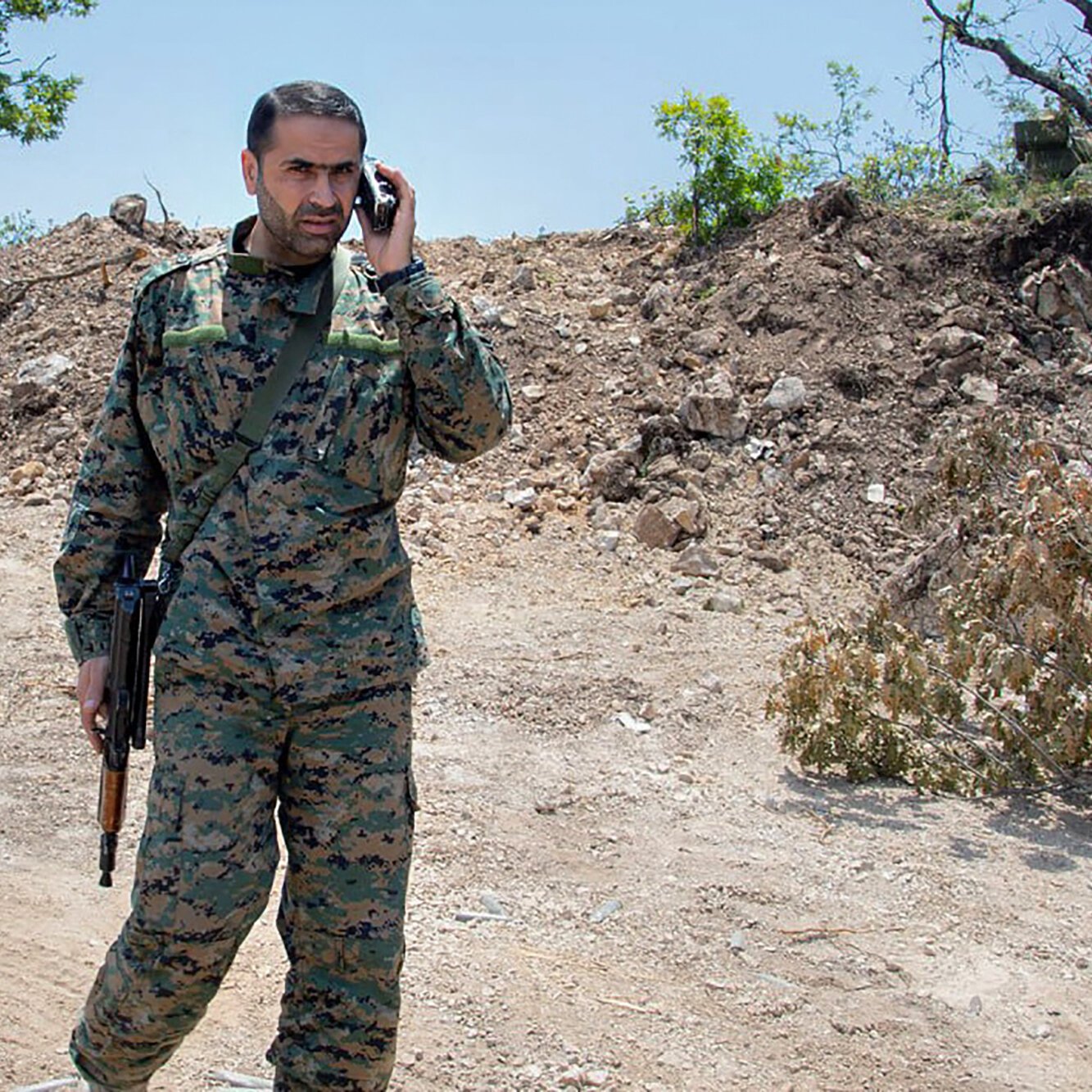
Wissam al-Tawil, deputy commander of the Radwan force, was also killed in an Israeli airstrike earlier this January. Photo: New York Times
Therefore, as early as last December, Tzachi Hanegbi, Israel's national security adviser, declared to the country's media that Tel Aviv could no longer accept Radwan "on its border."
In early January this year, Israeli military spokesman Brigadier General Daniel Hagari reaffirmed that the focus of Israel's actions in southern Lebanon was to force the Radwan forces away from the border, specifically asking Hezbollah to deploy these forces north of the Litani River.
Brigadier General Hagari said that if diplomacy fails, Israel will take military measures to achieve its goals. Just one day after Hagari's speech, an Israeli airstrike killed Wissam al-Tawil, deputy commander of the Radwan force. And now it is the turn of Radwan's commander, Ibrahim Aqil, to be killed by Israel.
The successive deaths of Radwan commanders show that Tel Aviv has decided to take the second option towards the militant force that it sees as a thorn in its northern border.
Quang Anh
Source: https://www.congluan.vn/ven-man-bi-mat-ve-luc-luong-radwan-don-vi-tinh-nhue-cua-hezbollah-post313337.html



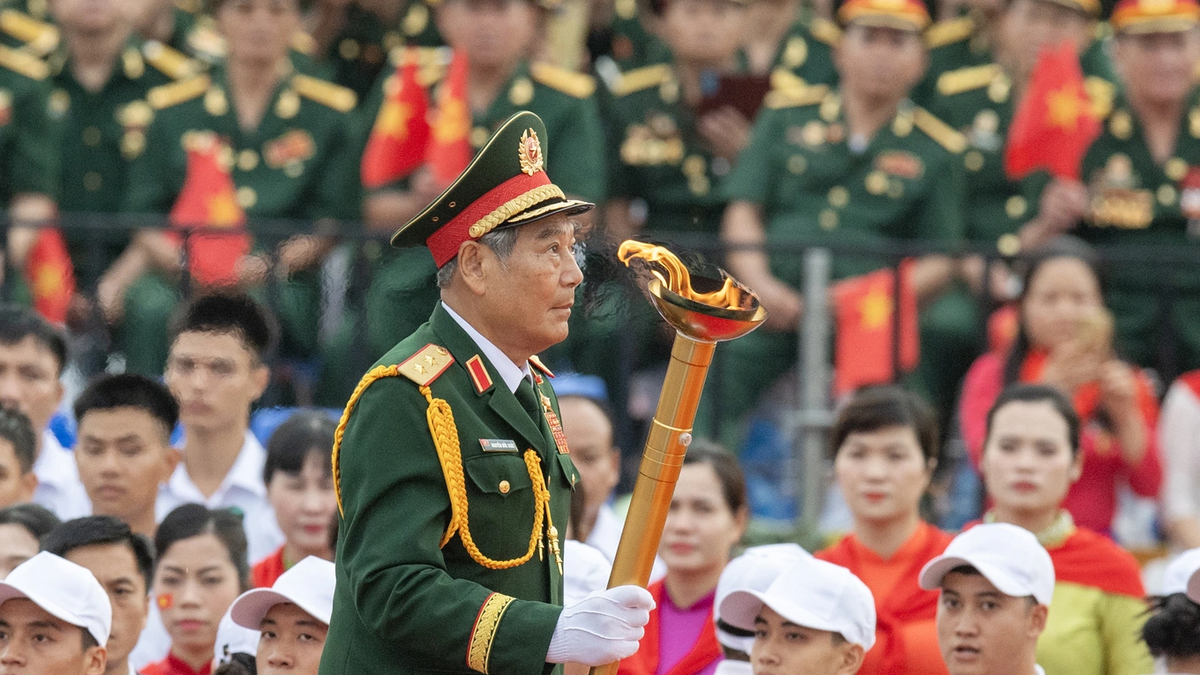


![[Photo] Special national art program “80 years of journey of Independence-Freedom-Happiness”](https://vphoto.vietnam.vn/thumb/1200x675/vietnam/resource/IMAGE/2025/9/2/42dac4eb737045319da2d9dc32c095c0)
![[Photo] Parade of armed forces at sea](https://vphoto.vietnam.vn/thumb/1200x675/vietnam/resource/IMAGE/2025/9/2/98e977be014c49fca05fbb873eae2e8f)

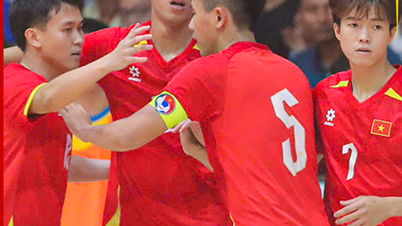

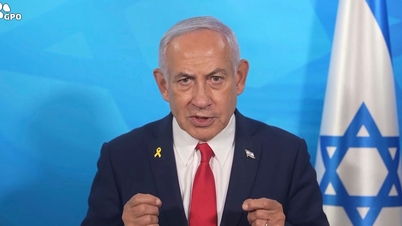

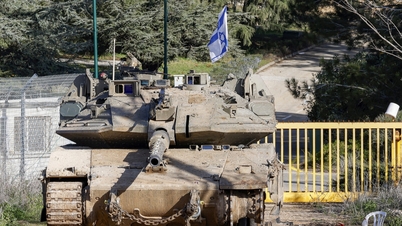
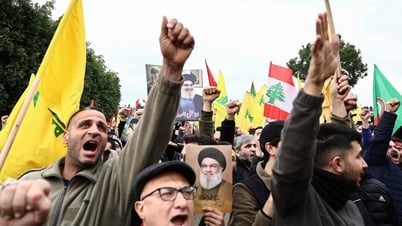

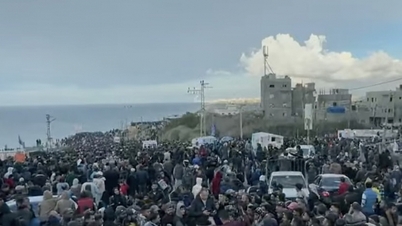
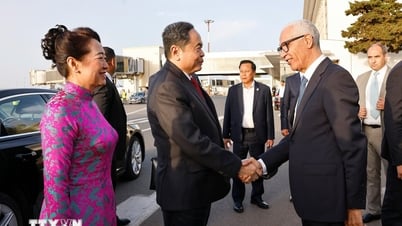

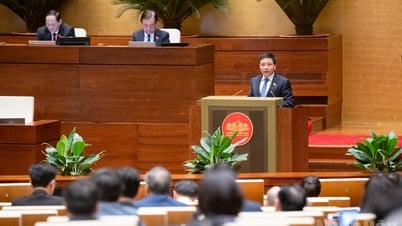

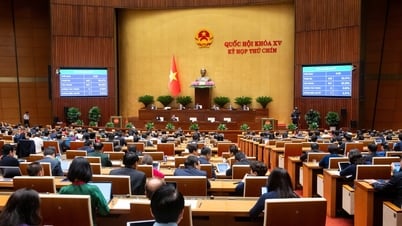


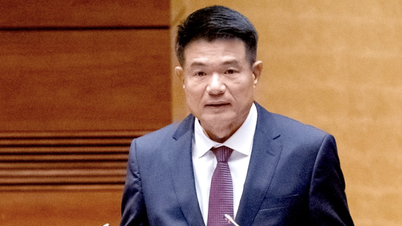

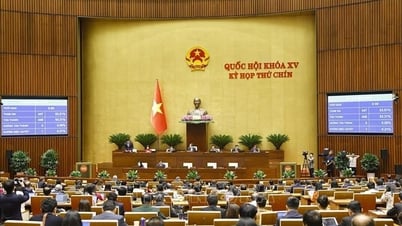


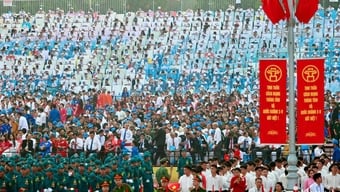
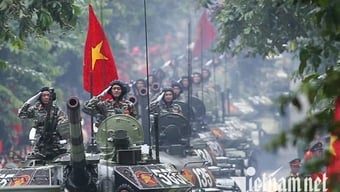





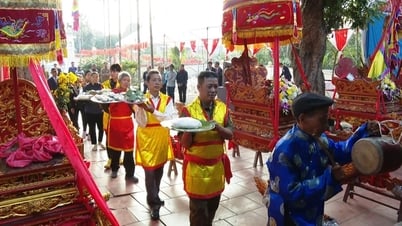
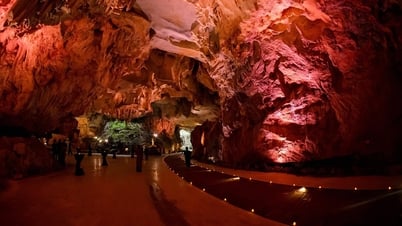
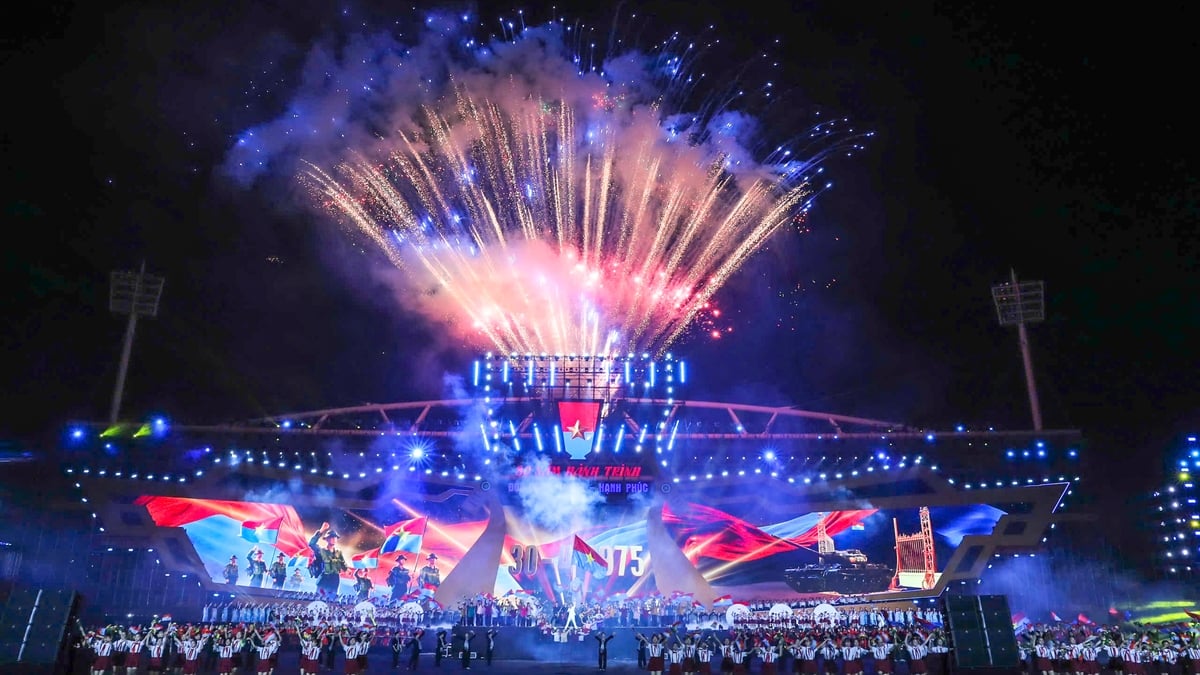
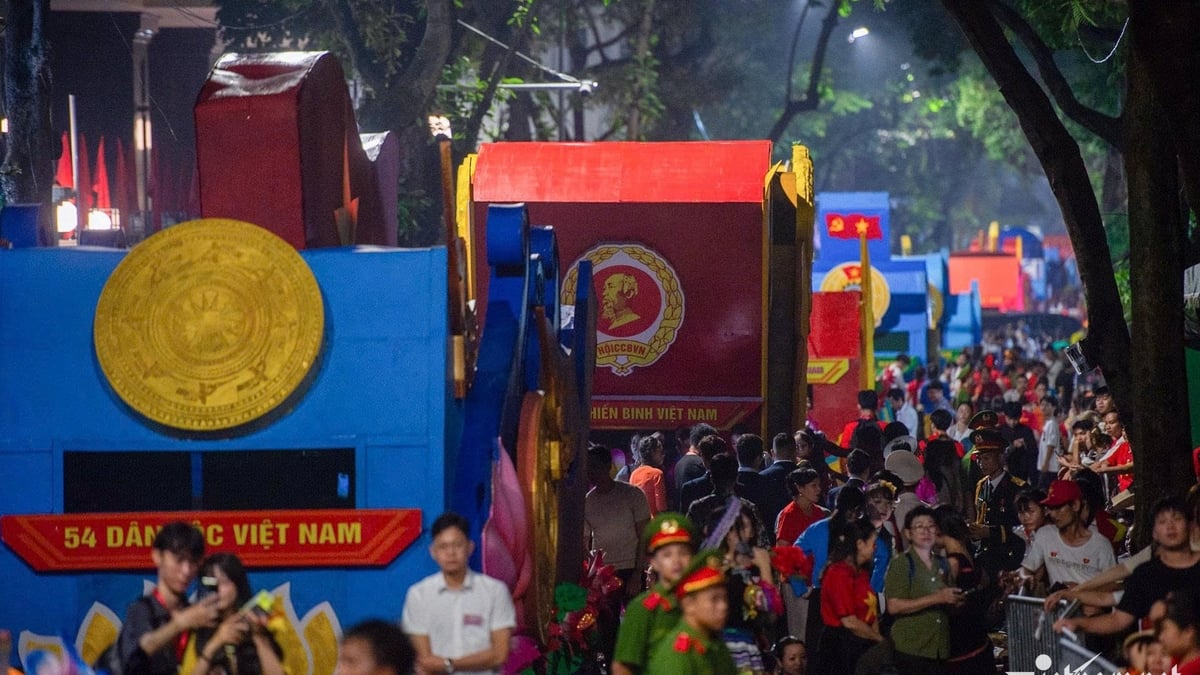
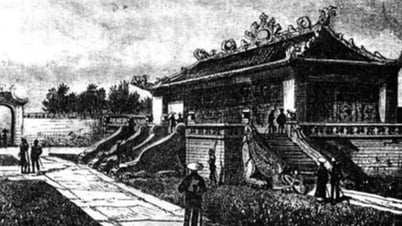









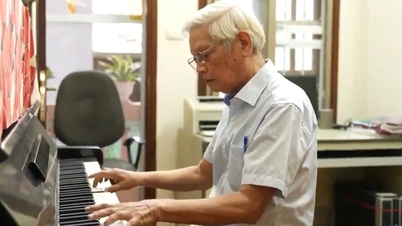
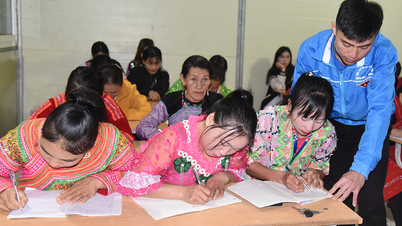







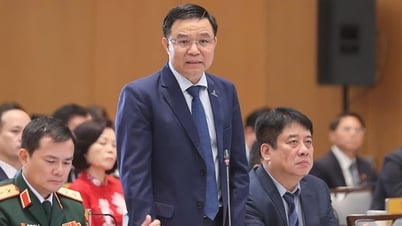
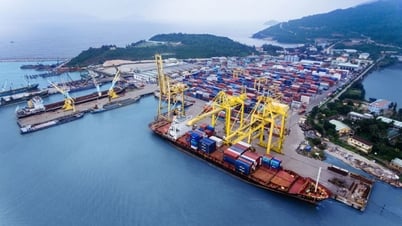


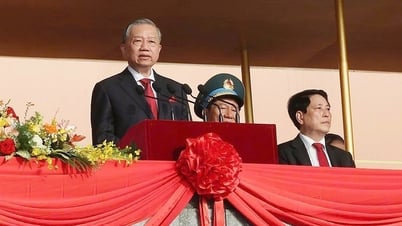

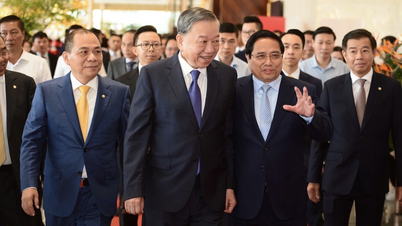



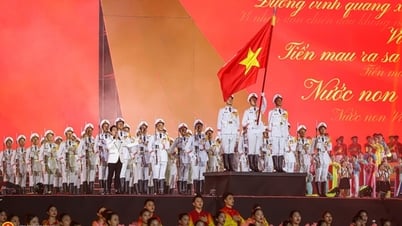

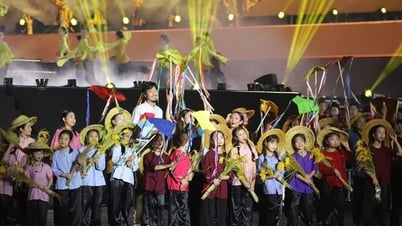
![[Live] Parade and march to celebrate the 80th anniversary of the August Revolution and National Day September 2](https://vphoto.vietnam.vn/thumb/402x226/vietnam/resource/IMAGE/2025/9/2/ab9a5faafecf4bd4893de1594680b043)
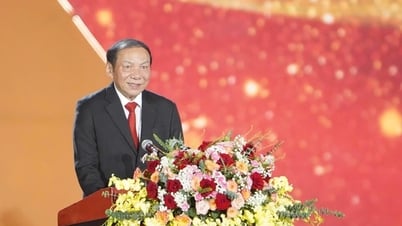

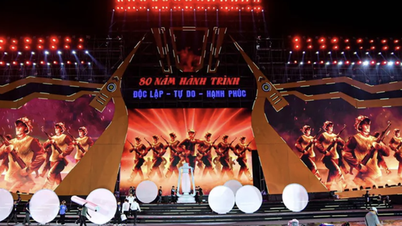


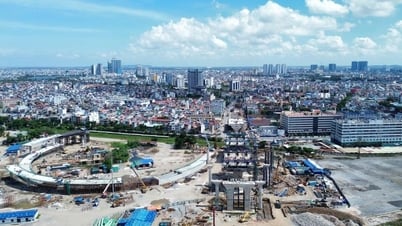

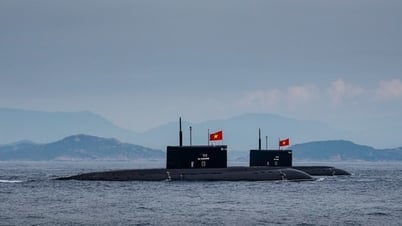

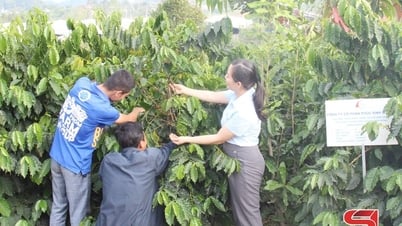












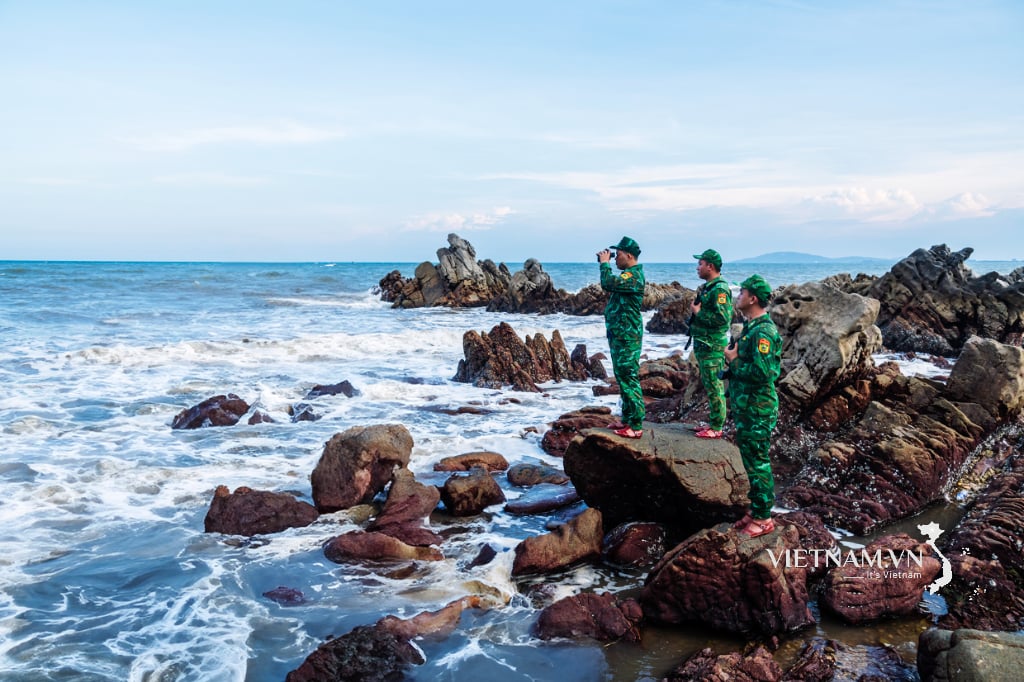



Comment (0)